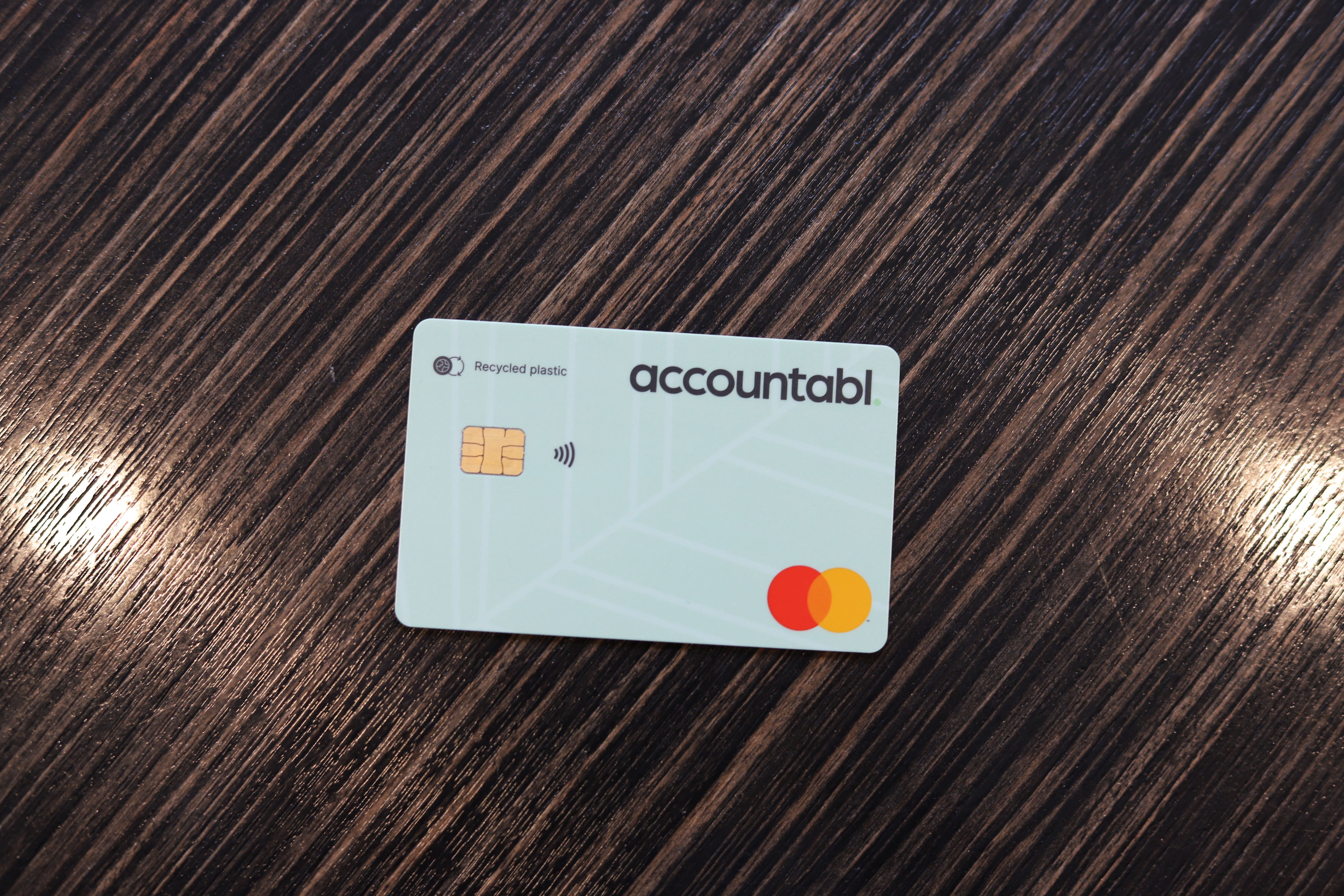So, you want to transform your department and take your business to the next level. But you and your finance team are under more pressure than ever before.
You're expected to be the ‘critical friends’ to all business units focusing on strategy. But your team has a sea of routine tasks to work through.
It doesn't help that you're being tasked with maintaining controls and compliance while transforming your department with little to no extra resources.
Being a financial leader is hard, and its little surprise that 7 out of 10 transformation strategies fail.
At accountabl, we know that you're facing an uphill battle. So, we want to support finance teams like yours to successfully transform their finances.
To make it easier, we've created a framework and some guiding principles to help you identify and prioritise your projects.
For more help, read our article on how to write an effective business case.
What is finance transformation?
Finance transformation is when a finance team changes its systems, processes, and activities to add more value to an organisation.
Success doesn't come from simply taking a particular approach, such as centralisation, automation, and process improvement. To be successful you need to make smart decisions that have an impact.
Principles for a successful transformation
1. Align your finance strategy and business goals
Focus more on your unique business strategy, and less on historical data and other organisations in the industry. Think about the tools and resources you need to achieve your strategic objectives.
2. Reimagine your finance department
How will your department operate in the future?
Look to use automation and delegation to remove low-value tasks and replace them with high-value activities which match your strategy and vision.
3. Manage expectations
If you try to delight all internal stakeholders, you risk over-promising and under-delivering.
For a successful finance transformation project, don't try to please everyone. Instead, try to shape customer expectations and push customers to choose between what they want and what they need.
4. Consider data governance and user adoption
Focus on developing your team and implementing processes as much as the transformation itself. It will Increase morale and your project will be more likely to succeed.
5. Use quick wins to show value
Change management is never simple. Activities like re-engineering processes, amending budgets, and training staff need major buy-in.
Start your transformation with quick wins that prove the value of your approach. And then move onto bigger strategic projects.
Getting Started
Unfortunately, there is no magic sauce or universal rollout plan when it comes to finance transformation. The first step is to observe your department and its tasks such as accounts receivables, payables, and expense management, then map out your operations.
Next, evaluate the inefficiencies in your department by reviewing processes. Consider stakeholder's pain points, how systems and data flows are affected, document your findings, and present them to the team.
If a process rarely happens, use process mapping techniques to outline how your team operates and then validate your findings when the time arises.
It can be surprising to find what your co-workers are doing. Even highly experienced teams discover confusing practices.
Preparing your projects
Once you have identified all the pain points and inefficiencies in your processes, immediately cut out any activities that don't add value.
Next, review your business strategy and reflect on how your team can help to achieve it. Then work with your team to brainstorm ideas for future processes and tools.
Afterward, you should be able to conduct an early-stage business case review on all the project areas you highlighted.
You need to think of factors such as cost-saving, strategic fit, urgency, and risk and compliance. You don’t need to know the exact figures, as your ideas mature the details will become clearer.
Building your roadmap
You should now be in a good position to prioritise the issues you need to address.
Start by plotting your issues on the matrix in figure 1.

Top tip: Consider your early-stage business cases and focus on the level of impact, or Y axis. Once the Y axis is complete, move onto the ease of implementation or X axis.
When plotting the X axis, think about the resources available to your team, off-the-shelf SaaS solutions, and any partners that could help you.
After completing your analysis, map out and prioritise the projects in your business.
Path to action
Prioritise these activities in your roadmap. Making progress here will help drive buy-in from your stakeholders for some of the tougher implementations to come and prove the value of your approach.
Strategic priorities
These activities have a high impact, but they are also the activities that are most difficult to get right.
Get one of these wrong at the start and you risk losing the buy-in on your transformation journey, so approach them with caution.
Quick wins
Quick wins can be good morale boosters, but make sure you choose initiatives that align with your strategic vision.
Long term cost savings
Only try these activities if they precede activities with more impact. If possible, try to break these projects down into smaller parts to make them easier to implement.
What’s next?
Now you have an idea about where to start, plot your projects onto a visual roadmap, and share this with the team and other senior stakeholders across the business.
Then develop a detailed action plan for the first 30, 60, and 90 days with clear responsibilities and focuses to kick-start the transformation.
Remember to repeat this process every quarter.
Our experience
Expense management processes are often dated and manual. Traditional expense processes are becoming increasingly obsolete in a world of digitalisation and automation. The rise of home working mixed with subscriptions, e-commerce payments (with 3D Secure), and digital advertising make it even worse.
Expense reports, staff reimbursements and manually assigning nominal codes to transactions are frustrating and hold businesses back.
Plus, traditional expense management won’t futureproof your business against the merging of sustainability and finance metrics and reporting. To learn more, check our sustainable spend management guide.
Using an expense management system can free up time for your financial transformation, prove value to stakeholders fast, and get off the ground with very little effort or technical complexity.
Expense management could help kick start your transformation.
Book a demo with one of our team to see how accountabl can help.
Conclusion
Finance transformation is a process that requires a significant amount of strategic thinking and planning to be successful.
It can be challenging, but there is no one better placed to understand the situation than you and your team.
Make time to observe tasks, re-evaluate the way things are done, and think about how to maximise effectiveness.
Prove value quickly and then move on to tackling some of the strategic priorities once you have buy-in from key stakeholders.









